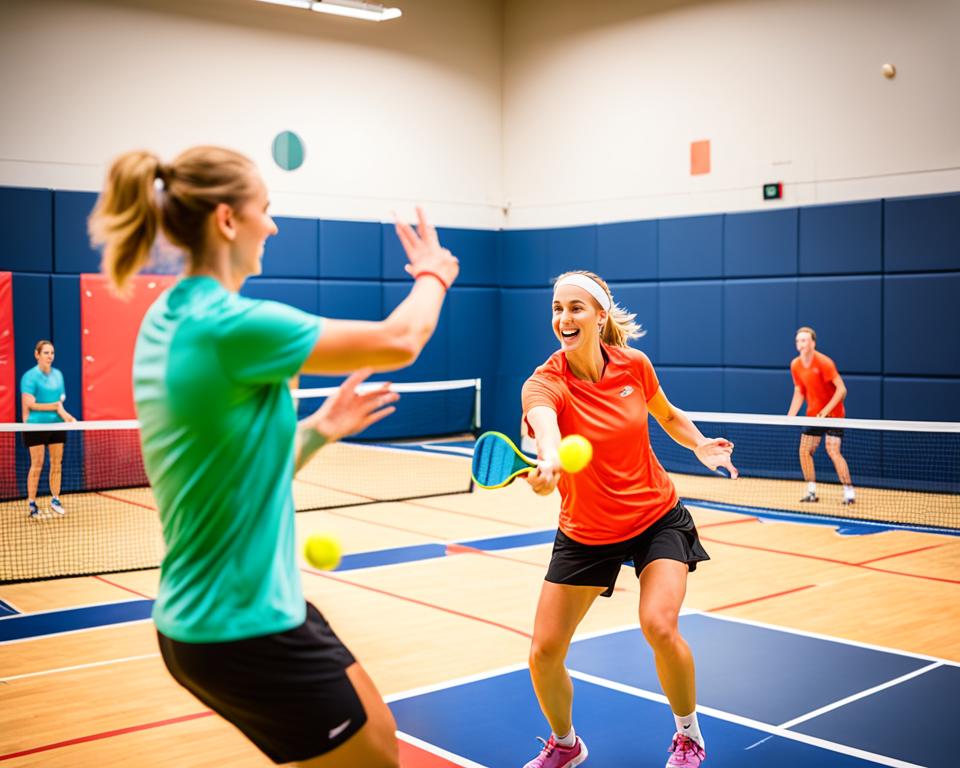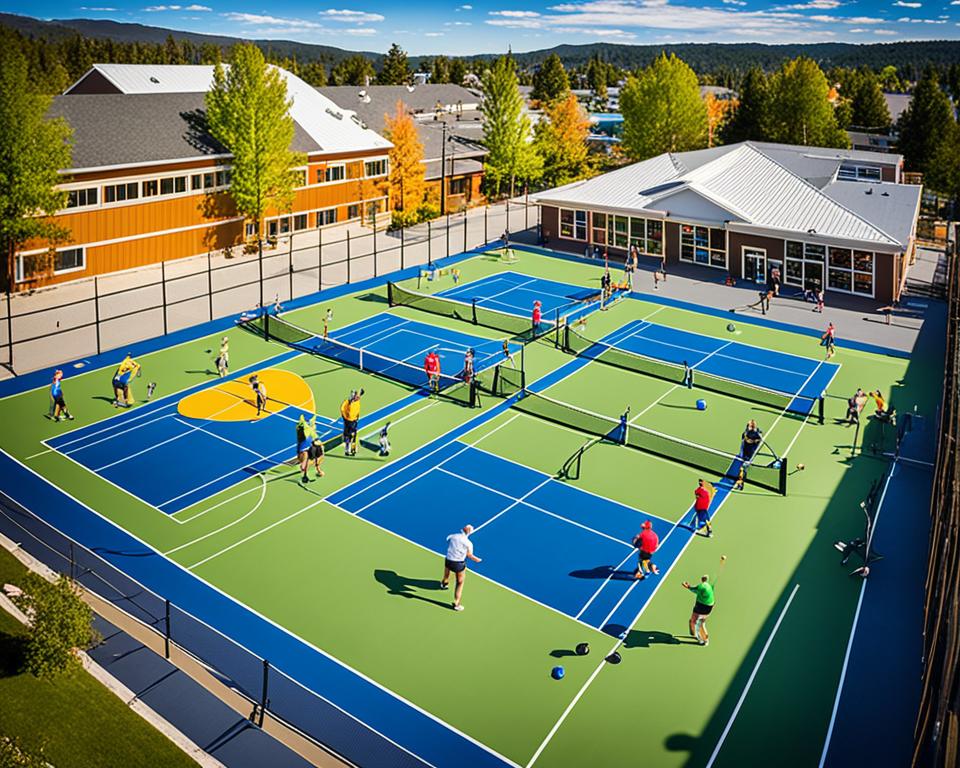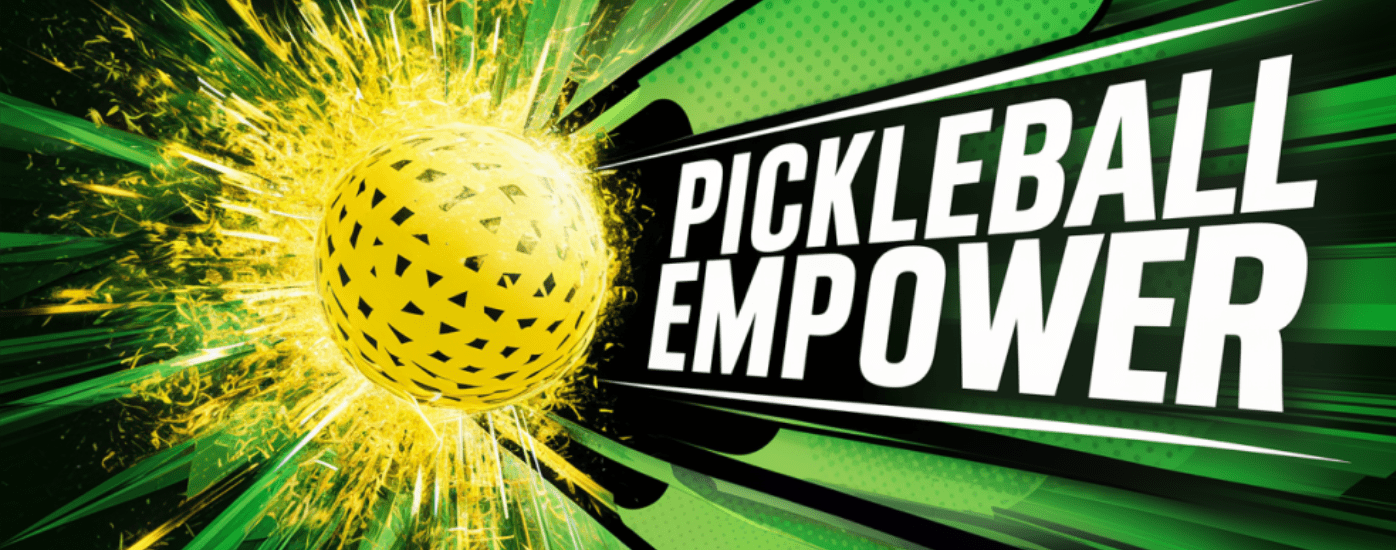Beginners Guide:
What Are Basic Pickleball Rules
Are you new to pickleball and looking to jump into the game? Before you grab a paddle and head to the court, it’s important to understand the basic pickleball rules. These rules lay the foundation for fair play and make the game enjoyable for everyone.
So, what exactly are the basic pickleball rules that beginners need to know? Let’s dive in!
|
By familiarizing yourself with these basic pickleball rules, you’ll be well-equipped to embrace the game and improve your skills. Want to play pickleball? Great, let’s dig into the details and get ready to hit the court!
Essential What Are the Basic Rules of Pickleball Highlights:
|
Pickleball Rules Serving
Serving is an important aspect of pickleball. It sets the game in motion and gives players the opportunity to gain an advantage. Understanding the serving rules in pickleball is crucial to playing the game correctly and competitively.

How to Serve in Pickleball
To serve in pickleball, the server must stand behind the baseline and hit the ball underhand with an upward motion. The serve must be made below the waist and struck with the paddle below the wrist. The server should aim to hit the ball diagonally over the net and into the opponent’s service court. Serving techniques can vary, with some players opting for a flat serve, while others prefer a slice or topspin serve to put more spin or speed on the ball.
Once the serve is made, it must clear the net and land within the opponent’s diagonal service court. If the ball touches the net and lands in the proper service court, a let is called, and the serve is replayed. However, if the serve is hit out of bounds or fails to clear the net, it is considered a fault, and the serve is lost to the opposing team.
Pickleball Serving Techniques
There are various serving techniques that players can employ to gain an advantage in pickleball. Two common serving strategies are the power serve and the placement serve. The power serve involves hitting the ball with maximum force, aiming to overpower the opponent’s return. The placement serve, on the other hand, focuses on accuracy and aims to place the ball in a specific area that will make it difficult for the opponent to return effectively. By mastering different serving techniques, players can keep their opponents on their toes and increase their chances of winning points.
It is essential to note that in doubles play, both players on a team have the opportunity to serve. The serving rotation follows a specific sequence, with one player serving the first point, then the serving team switches sides, and the other player serves the second point. The pattern continues until the game is won.
Remember, serving is not just about getting the ball in play; it is an opportunity to gain an advantage and take control of the game. By practicing different serving techniques and understanding the serving rules in pickleball, players can elevate their game and improve their chances of success.
What is the Two Shot Rule in Pickleball?
The two-shot rule, also known as the double bounce rule, is an important element of pickleball gameplay. This rule mandates that after the serve, the ball must bounce once on each side of the net before players can hit it out of the air. The purpose of this rule is to ensure fair play and provide both teams an equal opportunity to return the ball.
The two-shot rule is designed to promote longer rallies and strategic shot placement. By requiring the ball to bounce twice before it can be volleyed, it prevents players from hitting overpowering shots immediately after the serve, thus balancing the game and adding an element of control.
Let’s break down how the two-shot rule is applied during gameplay. After the serve, the serving team must let the ball bounce in the receiving team’s service court before returning it. Similarly, the receiving team must allow the ball to bounce in their own service court before hitting it back.
This rule has several implications for gameplay strategy. It encourages players to strategically place their shots, aiming for areas that make it difficult for the opponent to return the ball. Additionally, it requires players to focus on positioning themselves effectively to anticipate the ball’s bounce and prepare for their shot.
Overall, the two-shot rule serves to level the playing field and enhance the skill and strategy involved in pickleball. By ensuring an equal opportunity for both teams to return the ball, it promotes fair play and encourages longer, more engaging rallies.
Now that we have a clear understanding of the two-shot rule, let’s explore other essential aspects of pickleball, including serving techniques, the golden rule, dink shots, and more.
What is the Golden Rule of Pickleball?
The golden rule of pickleball is a fundamental principle that promotes sportsmanship and fair play. It serves as a guiding principle for players to maintain respect, integrity, and a positive attitude on and off the court.

Emphasizing the importance of good sportsmanship, the golden rule encourages players to treat their opponents with respect and courtesy. It reminds us to play the game in a fair and honest manner, following the rules and regulations set forth by the pickleball community.
“Treat others as you would like to be treated.”
This principle promotes inclusivity and encourages players to be welcoming and supportive of others, regardless of their skill level or experience. By adopting the golden rule, players can create a welcoming and inclusive environment that fosters growth and enjoyment for everyone involved.
Playing pickleball with the golden rule in mind not only enhances the overall experience for players but also builds strong relationships and friendships within the pickleball community.
Remember, the golden rule is not limited to the game itself but extends to interactions with fellow players, officials, and spectators. By embodying the values of sportsmanship and fair play, we can contribute to a positive pickleball culture that celebrates camaraderie, growth, and skill development.
So, let’s embrace the golden rule of pickleball, have fun, and strive to be the best versions of ourselves both on and off the pickleball court.
What Does Dink Mean in Pickleball?
In pickleball, a dink refers to a soft shot that is hit close to the net, just clearing the non-volley zone or “kitchen.” It is a strategic shot used to place the ball in a difficult position for the opponent to return. Dinking requires precision and control to keep the ball low and close to the net.
How Many Times Do You Serve in Pickleball?
In pickleball, each player gets one serve per turn. In doubles, both players on a team get the opportunity to serve. The serving rotation follows a sequence where each player serves consecutively. In singles, there is no serving rotation, and the first serve is always on the right side of the court.
What is an Illegal Serve in Pickleball?
There are certain serve violations that are considered illegal in pickleball. These include serving above waist level, failing to clear the kitchen, and hitting a shot that lands outside the sideline or behind the baseline. These violations result in a fault and the loss of the serve.
Can You Serve Overhand in Pickleball?
In pickleball, the serve must be hit with an underhand stroke or backhand with contact below the waist. Serving overhand is not allowed and would result in a fault. The underhand serve is the traditional style of serving in pickleball and is considered more beginner friendly.
Can You Toss the Ball Up When Serving in Pickleball?
In pickleball, you cannot toss the ball up when serving. The serve must be initiated with an underhand stroke or backhand stroke below the waist. Tossing the ball up would violate the serving rules and result in a fault.
Final Thoughts About Basic Rules of Pickleball
Mastering what are basic pickleball rules is crucial for beginners to fully enjoy the game. Understanding what are basic pickleball rules will improve your game. By familiarizing themselves with the basic pickleball rules, such as serving, the two-shot rule, the golden rule, and the dink shot, players can confidently step onto the court. Understanding what are basic pickleball rules lays the foundation for a fair and enjoyable pickleball experience.
When it comes to serving, players must adhere to the specific rules, including hitting the ball with an underhand stroke or backhand stroke below the waist. Serving overhand or tossing the ball up is not allowed and will result in a fault. Being aware of these serving techniques ensures that players start the game on the right foot.
The two-shot rule, also known as the double bounce rule, promotes fairness and equal opportunities for both teams. It adds an element of strategy and coordination to the game, as players must aim to return the ball after the initial bounce. Embracing this rule enhances the level of competition and challenges players to exhibit their skills effectively.
Lastly, the golden rule of pickleball emphasizes sportsmanship and integrity. Treating opponents with respect, abiding by the rules, and having fun are essential components of the game. Practicing good sportsmanship not only encourages a supportive and inclusive pickleball community but also enhances the overall playing experience for everyone involved. Essential to what are basic pickleball rules.

